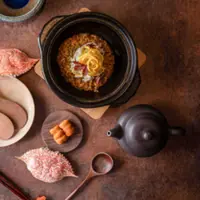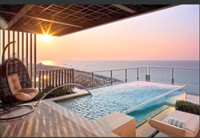The international benchmarks set by the Michelin Guide means that a star awarded to a Kuala Lumpur eatery is equivalent to a star awarded to a restaurant anywhere else in the world. Pictured here is the food from one-Michelin starred eatery Hisa Linhart in Slovenia. — MICHELIN GUIDE
For months, the rumour mill in the F&B industry has been abuzz with three keywords: the Michelin Guide.
“I’ve heard it’s coming,” whispered a celebrated local chef in confidence six months ago. Over a month ago, he followed this up in hushed tones with “Oh, it’s definitely coming!”
Already a subscriber? Log in
Save 30% OFF The Star Digital Access
Cancel anytime. Ad-free. Unlimited access with perks.





